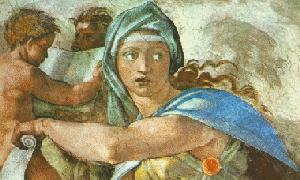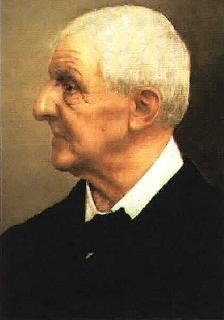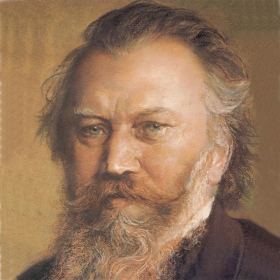El Canto de la Sibila
Music and religion, it seems that they are very connected.
In an earlier blog, we saw religion being the source of inspiration for great
composers like Anton Bruckner. Also the first music captured on paper and so
surviving times was the Gregorian Chant, bringing the audience into a state of
devoutness.
In 2010 Unesco recognized `El Canto de la Sibila` as intangible
cultural heritage. The Song of the Sibyl is a liturgical drama and a Gregorian
chant which is performed in allmost all churches of Mallorca and in the Italian
city of Alghero at the evening church services on December 24th. Recently,
it has been recovered in other locations such as Barcelona and in the Valencian
cities of Onteniente, Jaraco and Gandia.
The chant was introduced all around Europe in the Middle Ages and it reached Majorca with the Christian conquest in 1229. The lyrics compose a prophecy describing the Apocalypse.
The chant was introduced all around Europe in the Middle Ages and it reached Majorca with the Christian conquest in 1229. The lyrics compose a prophecy describing the Apocalypse.
The figure of Sibil comes from the time of ancient Greece.
There are many persons who are referred to as Sibil and these women were oracles in, for
example Delphi. They were incorporated into the Christian Church as their apocalyptic
visions included the promise of the second coming of Jesus Christ to judge the world. Michelangelo included Sibil
in his beautiful paintings in the Sistine Chapel, so confirming the importance
she and her messages had for the church as it leaves nothing to the imagination
of what will happen to unbelievers:
The Day of Judgement
will appear For those who have made service.
Jesus Christ, Universal King,
eternal God and true man
Heaven will come to pass judgment
and give to each their just reward.
Great fire will come down from Heaven;
springs and rivers will all burn.
Fish will scream loudly
losing the natural charms
The sun will lose its brightness
becoming dark and veiled.
The moon will give no light
and the whole world will be full of sadness.
To evil people I will say bitterly:
- Go, you damned, into the torment!
Go, go to the eternal fire
With your Prince of Hell
In the present-day performance, a boy or girl sings, accompanied by two
or more Altar boys carrying candles. The singer holds a sword upright in front
of his or her face during the entire song. The verses are sung in a single voice
and without instrumental accompaniment, apart from when the organ plays between
the verses.
It is fascinating to listen and look to the performance of this work,
it is as looking back 800 years and easy to imagine the impact it had and still
has on the audience in a dark and cold church in the middle of the winter: Believe or Die
http://player.qobuz.com/#!/album/0884385733575






